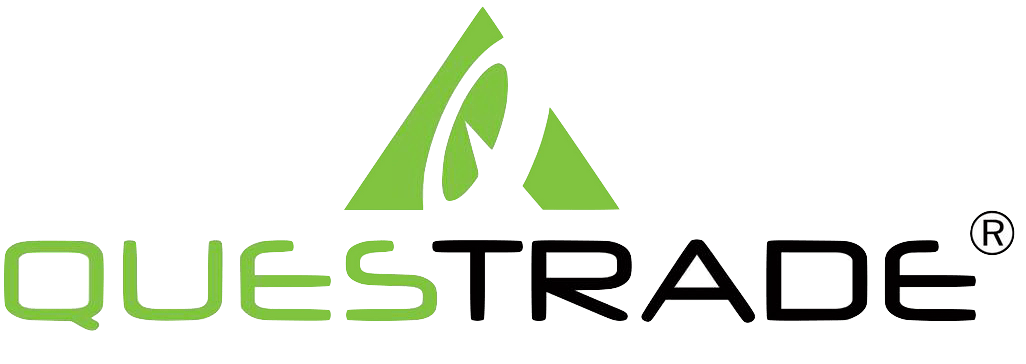Two of the absolute heavyweights in the self-directed investment space are Questrade and TD Direct Investing.
Questrade continually wins accolades from personal finance websites and industry pundits. It is considered one of the most highly-rated, fastest-growing, and best online brokerages in Canada. They also won Canada’s Best Managed Companies for the tenth consecutive year in a row.
Meanwhile, TD Direct Investing introduced the first computer trading service in Canada from in 1993 and the first online brokerage service in 1996.
For over 30 years, TD Direct Investing has supported and innovated self-directed investing while also placing itself among Canada’s most trusted and best online brokerages.
But between the two, which one is truly better for your self-directed investing needs? Learn more in this Questrade vs. TD Direct Investingcomparison.
